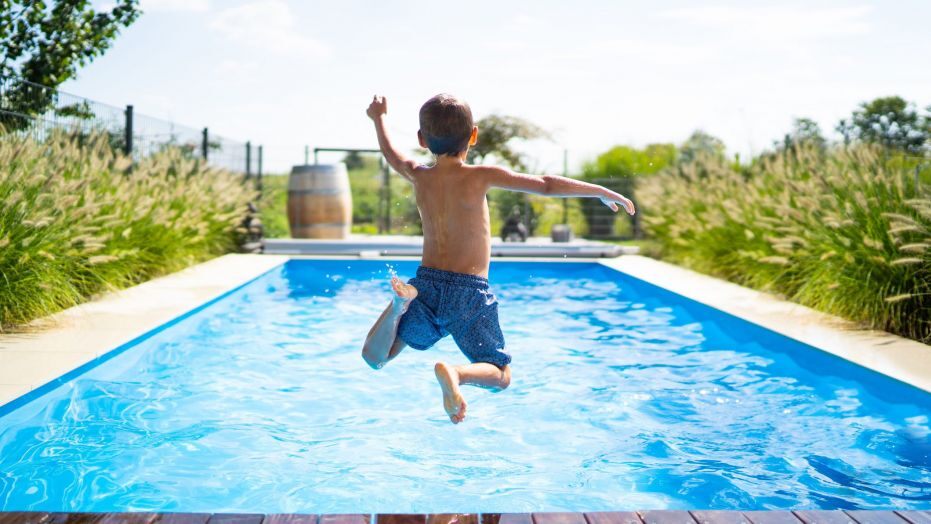A quick search online reveals much confusion regarding non-standard drowning such as dry drowning and secondary drowning. These potentially fatal conditions are difficult to detect and thus difficult to prevent.
The following is the result of our research and should help bring some clarity.
What is Dry Drowning?
Secondary Drowning is often confused with dry drowning. While not an official term, dry drowning suggests the absence of water in the lungs while secondary drowning involves the presence of water in the lungs.
Dry drowning occurs when the larynx (voice box) constricts and seizes blocking the flow of air to the lungs. Also known as laryngospasm, a number of different scenarios can cause this condition. One of these scenarios involves the sudden inhalation of liquid. While this liquid may not reach the lungs, sometimes if it comes into quick and forceful contact with the throat, it will cause the throat to seize up, blocking airflow.
While the airflow is blocked, the heart continues to pump. This lack of oxygen-rich blood leads to hypoxia and acidosis – both of which can lead to death.
It is important to note that a laryngospasm is not the same as having the wind knocked out by force or choking on an object.
What is Secondary Drowning?
Unlike dry drowning, secondary drowning does involve water in the lungs. In 2008 a 10-year-old boy passed away an hour after swimming. This tragedy catalyzed awareness of secondary drowning.
Secondary drowning can occur after a “near drowning” experience. In a near drowning experience, fluid enters the lungs and the victim still survives, perhaps coughing up the water or receiving CPR.
During secondary drowning, the victim will often seem completely fine immediately following the incident. If a small amount of fluid remains in the lungs it can lead to pulmonary edema. Pulmonary edema is a condition where excess fluid collects in the lungs causing the lungs to swell. This fluid makes it difficult for the lungs to exchange oxygen to and from the blood. The lack of oxygen-rich blood can eventually lead to death.
What are the signs of secondary drowning?
Secondary drowning can be very difficult to detect. The first thing to understand is that secondary drowning is indeed rare. So, you do not need to be fearful that your children will suffer secondary drowning after every swim.
If you know that somebody has inhaled water, then you need to be on the lookout for the following signs immediately after the inhalation. Do this even if the victim seems totally fine.
- Sudden change in personality due to lack of oxygen
- Sudden mood swings due to lack of oxygen
- Extreme lethargy due to lack of oxygen
- Chest pain, cough or trouble breathing
- Fever
How can you treat secondary drowning?
If you believe that somebody is at risk of secondary drowning, you should immediately take that person to the emergency room. The hospital will be able to administer the proper treatment with oxygen and ventilation.
How can you prevent secondary drowning?
The best way to prevent secondary drowning is to simply be aware and pay attention. Additionally, you should teach children to blow water out.
Finally, taking a CPR class is an absolute must for any caregiver with children around pools.



